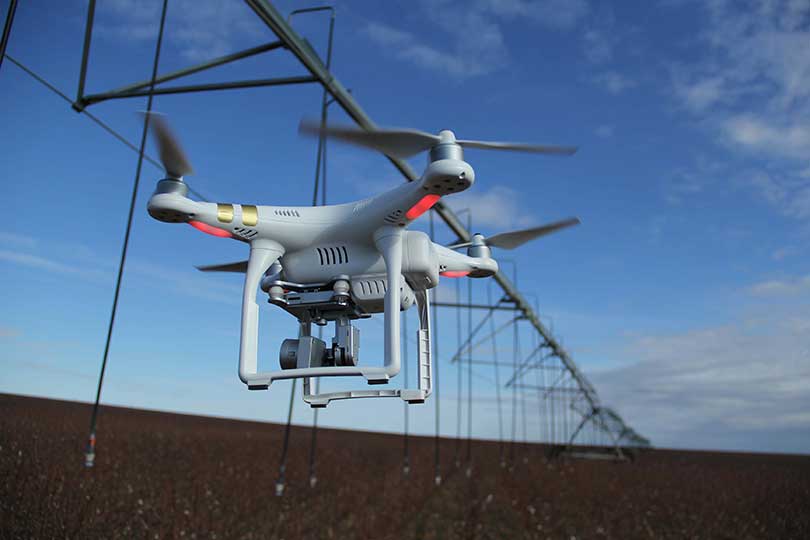The drone market has skyrocketed in agriculture over the past several years. But farmers and ranchers have been waiting for the Federal Aviation Agency (FAA) to release clearer rules on how they can be used for precision agriculture.
Last month, the FAA released Part 107 of the Federal Aviation Regulations on unmanned aerial vehicles (UAVs). It will go into effect Aug. 29, 2016.
The rules have brought more clarity to agriculture by defining the requirements for using drones to monitor crops and livestock.
“With this new rule, we are taking a careful and deliberate approach that balances the need to deploy this new technology with the FAA’s mission to protect public safety,” said FAA Administrator Michael Huerta in a press release. “But this is just our first step. We’re already working on additional rules that will expand the range of operations.”
Agricultural stakeholders encourage more farmers and ranchers to get involved in the regulatory process.
“How we operate in rural America differentiates us from most other uses,” Robert Blair, an Idaho farmer, told AgWeb. “The risk is ultra-low if you have good communication with aerial applicators. It’s not hard to call them up…We don’t have a lot of people and buildings and structures where we fly.”
At the recent 53rd annual Stiles Farm Foundation field day in Thrall, Texas AgriLife engineer and associate professor of practice in mechanical engineering Dale Cope performed a UAV demonstration over a cotton field, according to Southwest Farm Press. Cope discussed the new rule requirements and offered insights into the advantages of using drones for precision agriculture.
Here are a few highlights that could affect how farmers use drones, according to AgWeb:
• Commercial flight of drones under 55 lb. is permitted, provided the vehicles fly slower than 100 mph and lower than 400 ft. above ground level.
• Pilots must obtain a remote pilot airman certificate or be supervised by someone who has one.
• No flights are allowed at night, under covered structures or over people.
• A visual line of sight with the UAV is required.
• A preflight inspection is required before every flight to ensure a UAV is airworthy.
For more of the rules and information, visit the FAA website.


WHAT ABOUT OTHER LAND OWNERS PRIVACY